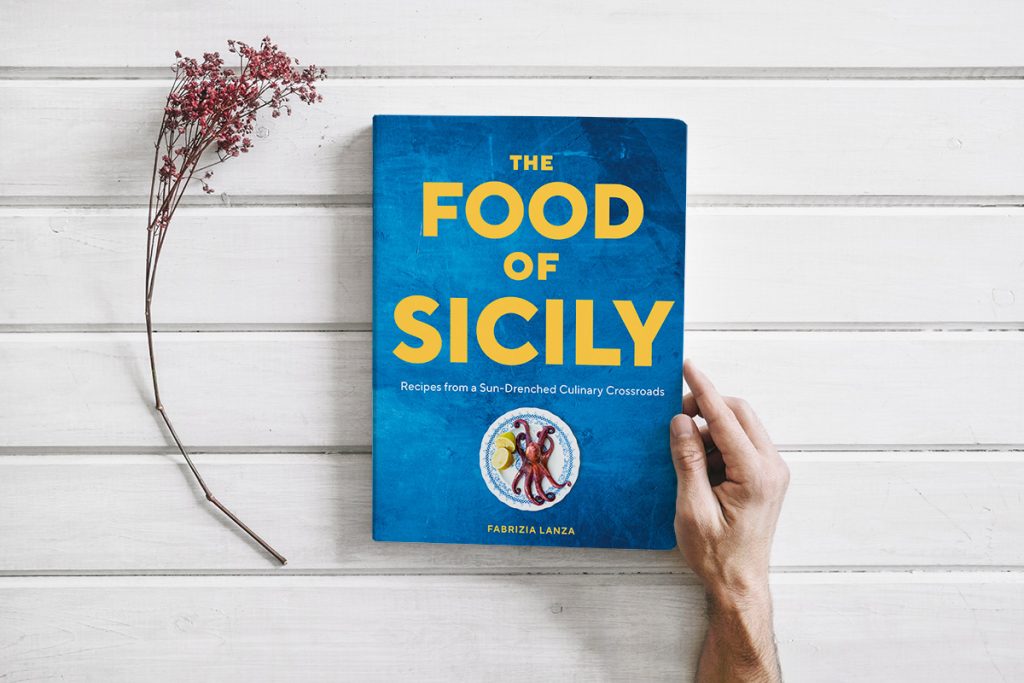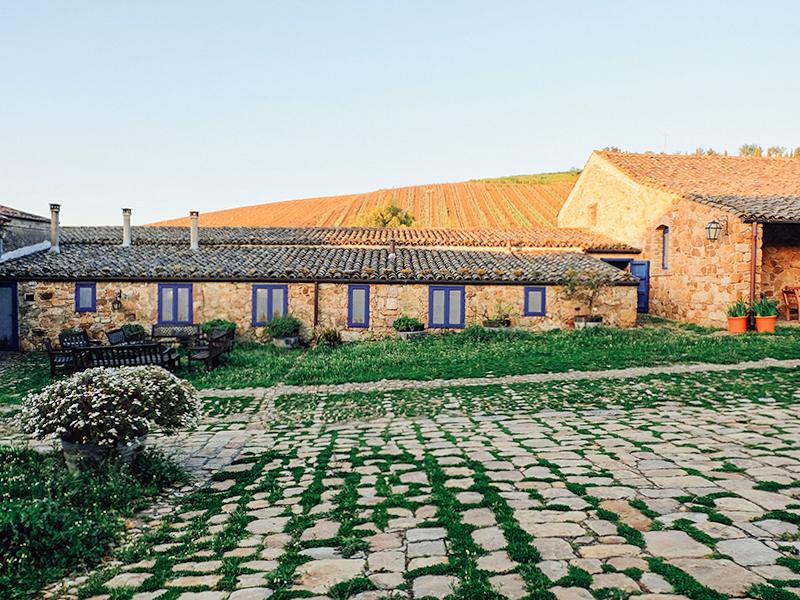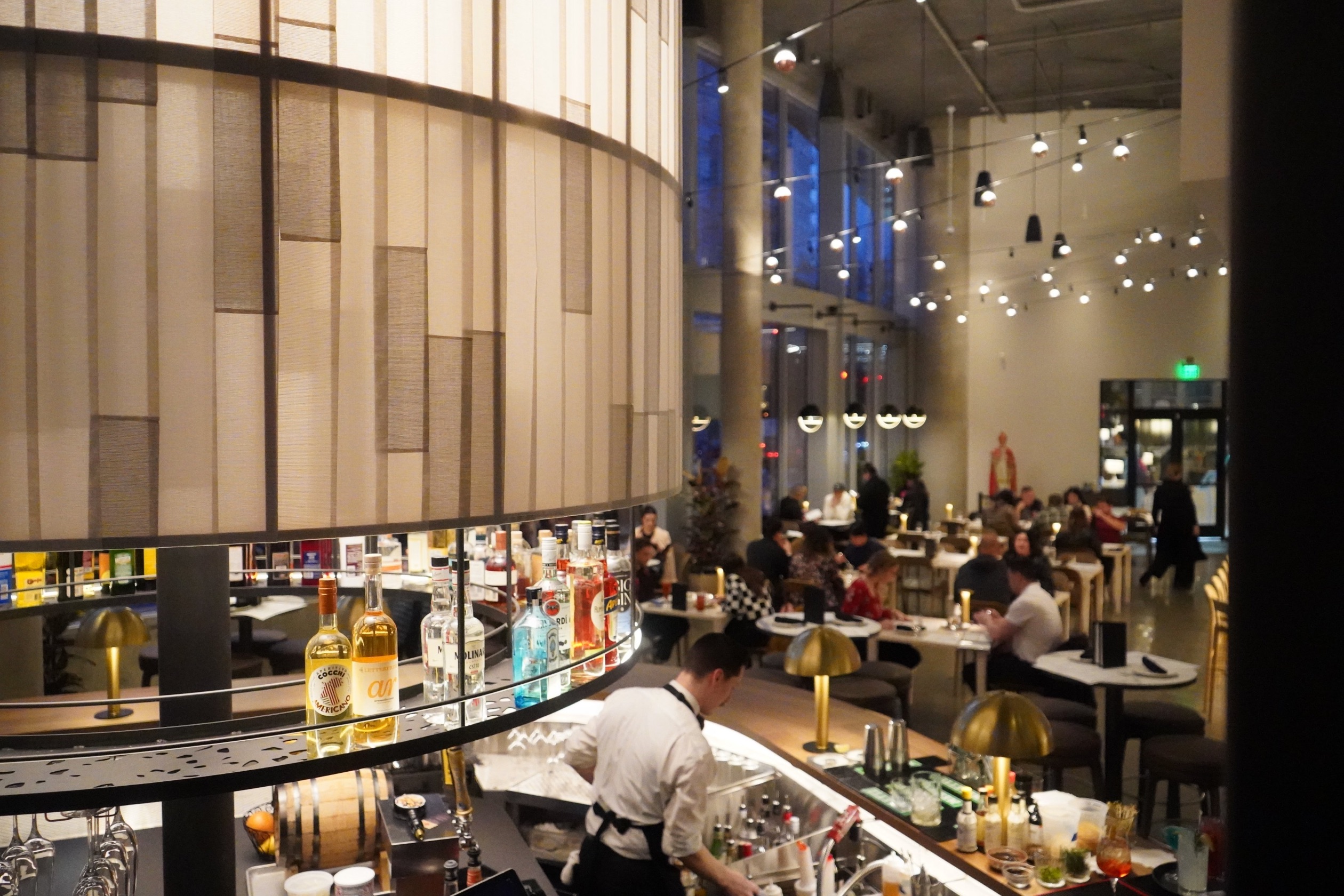Author and cooking school owner Fabrizia Lanza grew up in Sicily, immersed in the world of food and wine. Raised on her family’s 200-acre agricultural estate in Regaleali, southeast of Palermo, she is part of a well-known Sicilian winemaking family.
More than two decades ago, Lanza left the island to study in Italy and France. After earning an art history degree, she worked as a curator and then museum director in northern Italy, but her roots in her native Sicily ran deep. In 1989, her mother, Anna Tasca Lanza, opened a farm-to-table cooking school called Case Vecchie, dedicated to preserving and sharing the great food culture of Sicily. After 20 years of living away, Fabrizia returned home in 2009 to help her mother run the school.

Anna Lanza died in 2010, and Fabrizia stepped in to carry on her mother’s legacy. Today, the school is frequented by chefs, amateur cooks, and people who want to learn more about the food traditions and culture of Sicily. Not surprisingly, the heart of Case Vecchie is its kitchen, housed in a historic stone building. Guest accommodations are charming, with period furnishings from the estate, as well as an infinity pool and walking trails nearby. The property also includes a working farm, an extensive vegetable garden, an orchard, and an herb garden, all grown according to organic principles.
In addition to workshops and classes, Lanza also developed a 10-week intensive program she calls Cook the Farm, which explores the gaps between eating, cooking, farming, and understanding food from a global perspective. She is the author of several books, including Olive: A Global History, Coming Home to Sicily, which discusses her return to Sicily, and her most recent cookbook, The Food of Sicily: Recipes from a Sun-Drenched Culinary Crossroads.
Lanza spoke to Seattle audiences from Italy on a January day that was grey and windy in the Pacific Northwest. This article is based on that presentation.
Tell us about writing your new cookbook, The Food of Sicily.
This book was the result of 15 years of work. I traveled all over Sicily, collecting recipes and broadening my perspective. The cookbook includes what I learned over those years as I toured different landscapes and experimented with different foodscapes. There are pasta recipes, like the traditional Sicilian timballo, and fish dishes, like a classic octopus salad or pasta with sardines and wild fennel.
Sicily might be small, but the variety of food is so diverse.
Every little village has its own story around food. The island itself has a complex history and geography; tomatoes grown on Etna are completely different from the tomatoes grown in Regaleali, where I am located. The soil is different, and the climate is different. There is a different ratio of saltiness and minerals. It’s like comparing an aubergine to a carrot—that’s how different tomatoes are in these two areas.

What kinds of ingredients do Sicilians use during the winter?
We are lucky to have an incredibly long growing season in Sicily and a very short winter. But we do get winter, and that’s when I like to eat comforting foods, such as bean soups and meats. We freeze a lot of beans in May, so we have them all year. There is also the miracle of wild fennel, which is wonderful in just about any dish. We use a lot of chard, and we also have a world of citruses available to us.
What are some of your favorite Sicilian recipes?
I like Pizza Messinese, a pizza or focaccia recipe from Messina, which uses escarole and fresh cheese. I share the recipe in my cookbook. Messina is an interesting place, the easternmost city in Sicily. It was completely destroyed by an earthquake in the early 1900s. Today, it’s kind of the “black hole” of Sicily. No one talks about its food, but it has some amazing and delicious recipes that are just not well-known. I also like any recipe with cauliflower: we grow the purple kind here, and it has such a subtle flavor—sweet and creamy. It’s very different from the Romanesco cauliflower, which is more popular in Rome.
How did growing up on a family farm influence your career?
Our small farm has been in our family for more than 200 years. It’s embedded in my life. We make our own wine and olive oil. Life is lived slowly, and food is prepared using authentic and seasonal recipes. I love to share my joy and knowledge of Sicilian food with others from around the world.

It seems important to hold on to these traditions…
I think that tradition is not something fixed. We are building traditions at every moment. I make my recipes different from what my mother or grandmother made. For example, the ingredients might have changed over the decades; the apples we get today are not like the apples we had 50 or 75 years ago. But food is hugely sentimental. When I am tired after a long day, I just want to go home and eat broth with pasta in it—the same food I ate as a child. Food provides memories. It’s being with friends; it’s home.






























